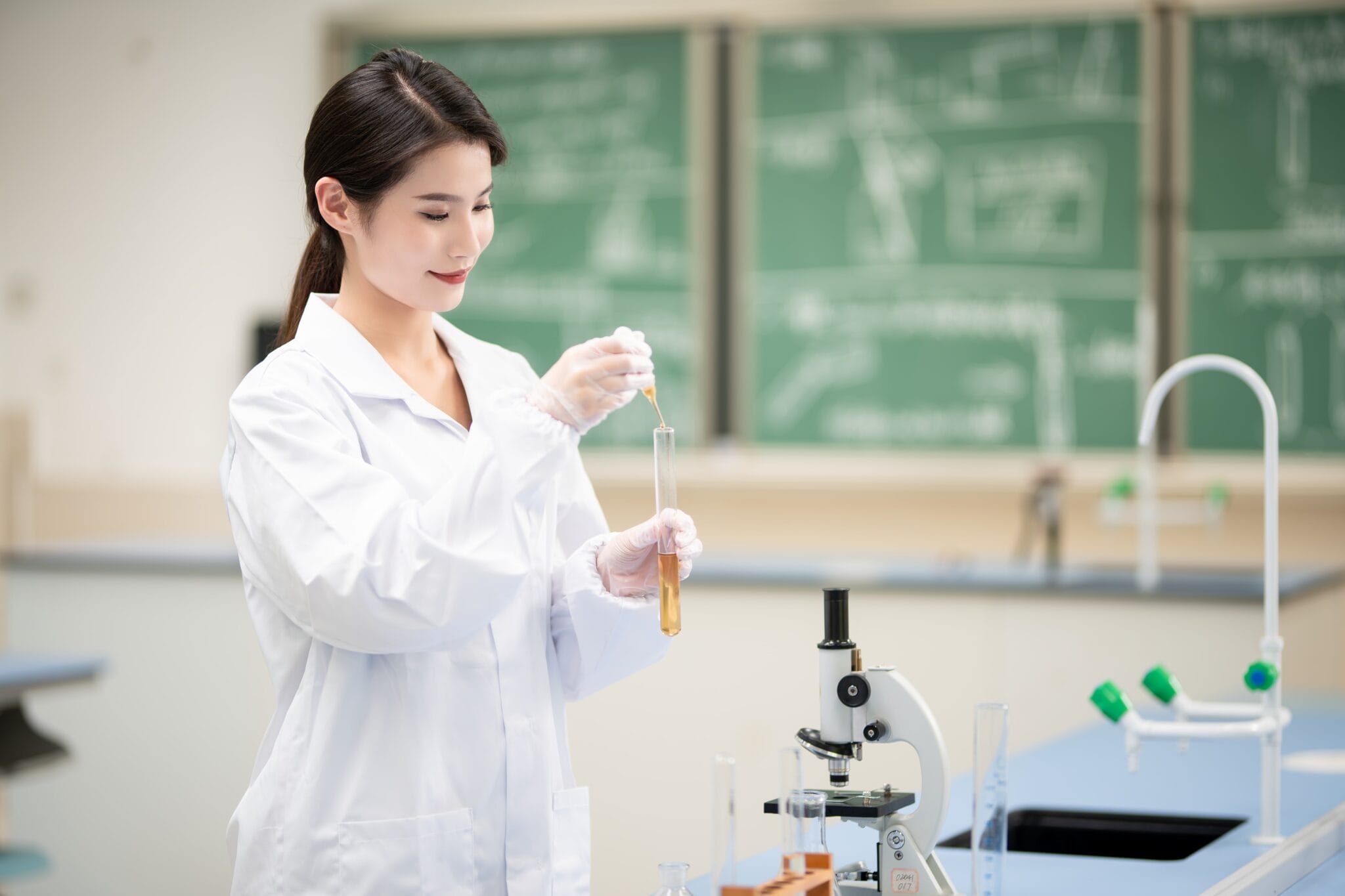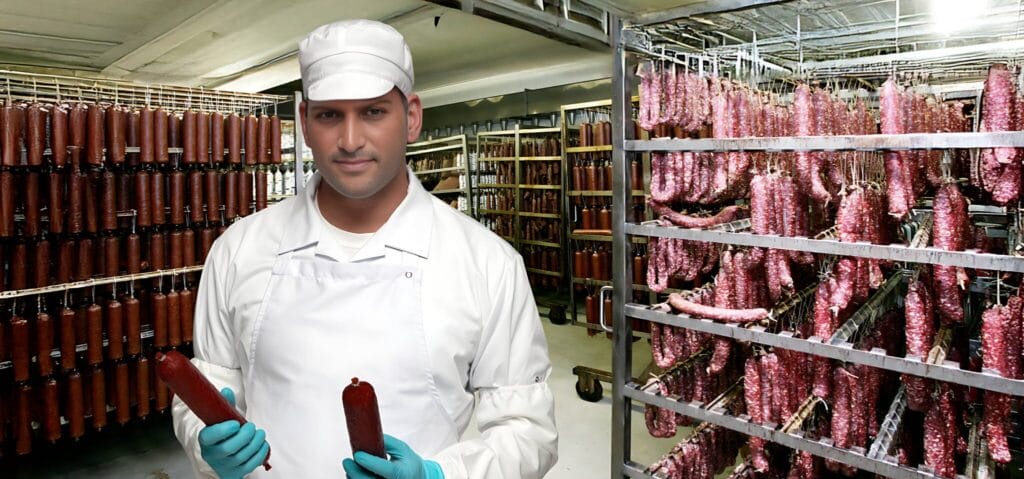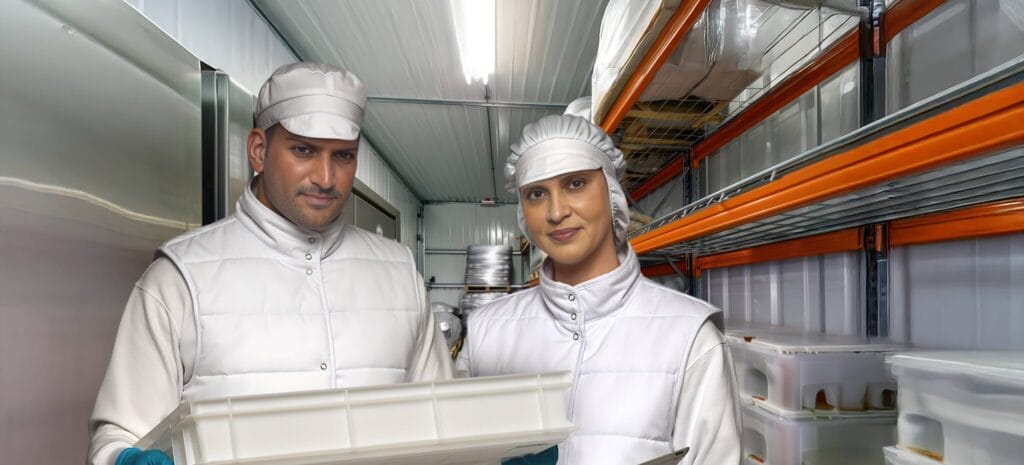
Medical lab clothing 101: safety at the forefront
Becoming a healthcare technician and a lab specialist is more than just mastering procedures and techniques; it is also about strict compliance with safety and professionalism. Capable effective working practice is the need for proper medical laboratory clothing, which is often an afterthought.
Need for medical lab attire:
As a means of protecting employees, medical laboratory attires are more than just a means of employment identification. These uniforms are created to uphold a sterile environment, decrease risk for contamination and safeguard the welfare of laboratory personnel.
Safety first:
Safety is the number one focus when working in any medical field, and the proper medical laboratory uniform is one of the factors that ensure safety. Lab coats and other appropriate attire are protected from spills of chemicals, biological hazards, and contamination. High-grade materials that are used in the making of medical laboratory uniforms exert protection against a variety of hazardous materials, thus protecting the skin and the ordinary clothing worn beneath.
Interpersonal skills are enhanced when the laboratory clothing is purposefully designed and worn professionally. Medical laboratory technicians’ self-confidence, patients’ trust and colleagues’ respect are quite often determined (if not entirely) by the appearance of the laboratory staff. These uniforms also bear identification labels or distinguishing colours, which enables easy differentiation in roles and areas of specialization within the facility. This may be very important during critical situations or operations, providing for more orderliness and efficiency in carrying out activities.
Elements of a good medical lab uniform:
Patients’ safety is of utmost importance; hence, the medical laboratory uniform must restyle considered factors, which would afford the wearer both safety and ease of movement.
- Laboratory Coats: Lab coats are probably the most recognizable part of medical lab garments. These are often constructed from durable, liquid and chemical impervious, however comfortable cloth. Most lab coats should come with enough pocket space to carry valuable items and personal protective equipment (PPE) tools.
- Scrubs: Just like uniforms, scrubs are yet another crucial thing when it comes to medical labs. These are clothes made for comfort and durability. They must be easily laundered, allowing them to be hygienic and in accordance with certain essential hygienic standards and regulations. Some also include features that protect the fabric from micro-organisms.
- Protective Accessories: Besides the actual clothing, medical lab uniforms often comprise a variety of protective accessories such as gloves, masks, safety goggles and the like. They are instrumental in preventing direct contact with toxic or infectious agents. Gloves should be used and discarded after one use and should be replaced with more sanitizing types that are worn less. Masks and goggles are to cover adequately to ensure no gap is left available for particles to enter.
- Implementing Uniform Policies: It is important to put in place a medical lab uniform policy that will help promote safe and professional services.
- Regular Training: There should be appropriate staff training on medical lab uniform. These include the right technique of wearing and removing the uniform, the need for uniform change after a specified period, and the order in which the replacement of old and worn clothes is done.
- Maintenance and Hygiene: Garments should be worn in strict rotation and sent out on regular intervals for cleaning and disinfection. Facilities may specify methods of caring for the uniforms and or forward the uniforms to medical garment laundry services.
Conclusion:
A Medical lab uniform is not just a garment. They constitute a critical element that facilities safety, working capability and personnel professionalism in a given work environment. With the right designs of quality medical lab uniforms and follow up firm implementations of procedures, medical institutions can have both their workers and patient environments more secure and more effective respectively.
Frequently Asked Questions (FAQ)
How does proper medical lab clothing support both safety and compliance?
Medical lab clothing plays a vital role not only in personal protection but also in regulatory compliance. These garments form a barrier against hazardous materials such as infectious agents, toxic chemicals, and bodily fluids. Proper attire ensures that laboratory professionals operate in controlled, sterile conditions that align with safety guidelines set by health and occupational safety bodies, ultimately reducing cross-contamination and upholding the integrity of diagnostic and research outcomes.
What distinguishes high-quality medical lab clothing from standard garments?
High-quality lab clothing is engineered for the unique demands of medical and laboratory environments. Unlike everyday garments, these uniforms are made from specialized fabrics that resist chemical absorption, allow breathability, and maintain structural integrity after repeated laundering. They are tailored not just for protection but in addition for functionality because they can offer features such as snap closures so that removal is quick, pockets in good position, and ergonomic designs to support long working hours.
How does medical lab attire contribute to professionalism?
Standardized lab clothing improves the image for medical personnel. It fosters self-confidence among technicians, earns patients’ trust, and helps people easily identify roles and specializations in the facility, which is especially important during critical operations.
What features should be considered when selecting medical lab uniforms?
When selecting lab uniforms, it is essential to ensure they meet the dual needs of safety and comfort. The material should adequately protect against chemical spills and biohazards. The wearer should be able to move in a freeway and stay in a comfortable state during shifts that are extended because of the material. Fabric durability matters because uniforms get laundered often and must stay protective. Lastly, the design should be one to accommodate the practical needs, such as for storing tools and PPE compatibility, which is something that enables smooth workflow integration.
Why is it important to implement uniform policies in medical labs?
Establishing uniform policies promotes consistency in safety and hygiene practices. It ensures that all staff members adhere to the same standards, reducing the risk of contamination and enhancing overall operational efficiency
How should medical lab uniforms be maintained for hygiene?
Uniforms must be cleaned as well as disinfected on a regular basis. Strict protocols must be followed during this action. To prevent any spread of contaminants and prolong the attire’s lifespan, facilities may opt for professional laundry services for ensuring garments’ hygienic maintenance.
What training should staff receive regarding medical lab clothing?
Medical staff should undergo comprehensive training that emphasizes the correct procedures for wearing and removing their lab attire to minimize the risk of contamination. They should also be educated on the importance of timely uniform changes and maintaining hygiene standards through proper laundering. Furthermore, staff should be familiar with identifying signs of wear and tear in their garments and understand the steps for reporting and replacing compromised clothing, ensuring continuous protection and professional appearance. Furthermore, staff members should be familiar with the ways that they identify the signs of wear and tear within their garments, understanding how they report and replace compromised clothing, so they will ensure continuous protection and a professional appearance.




